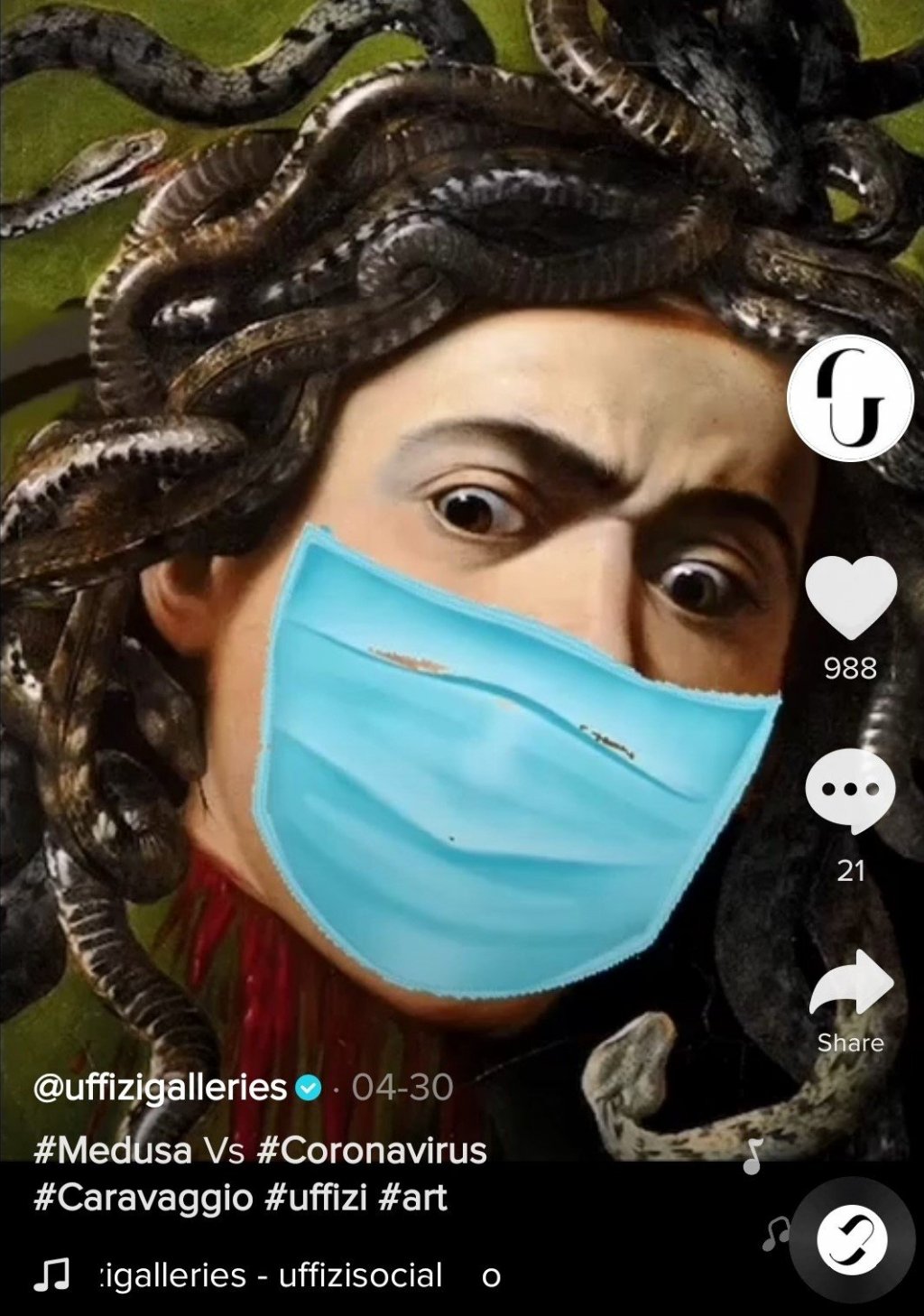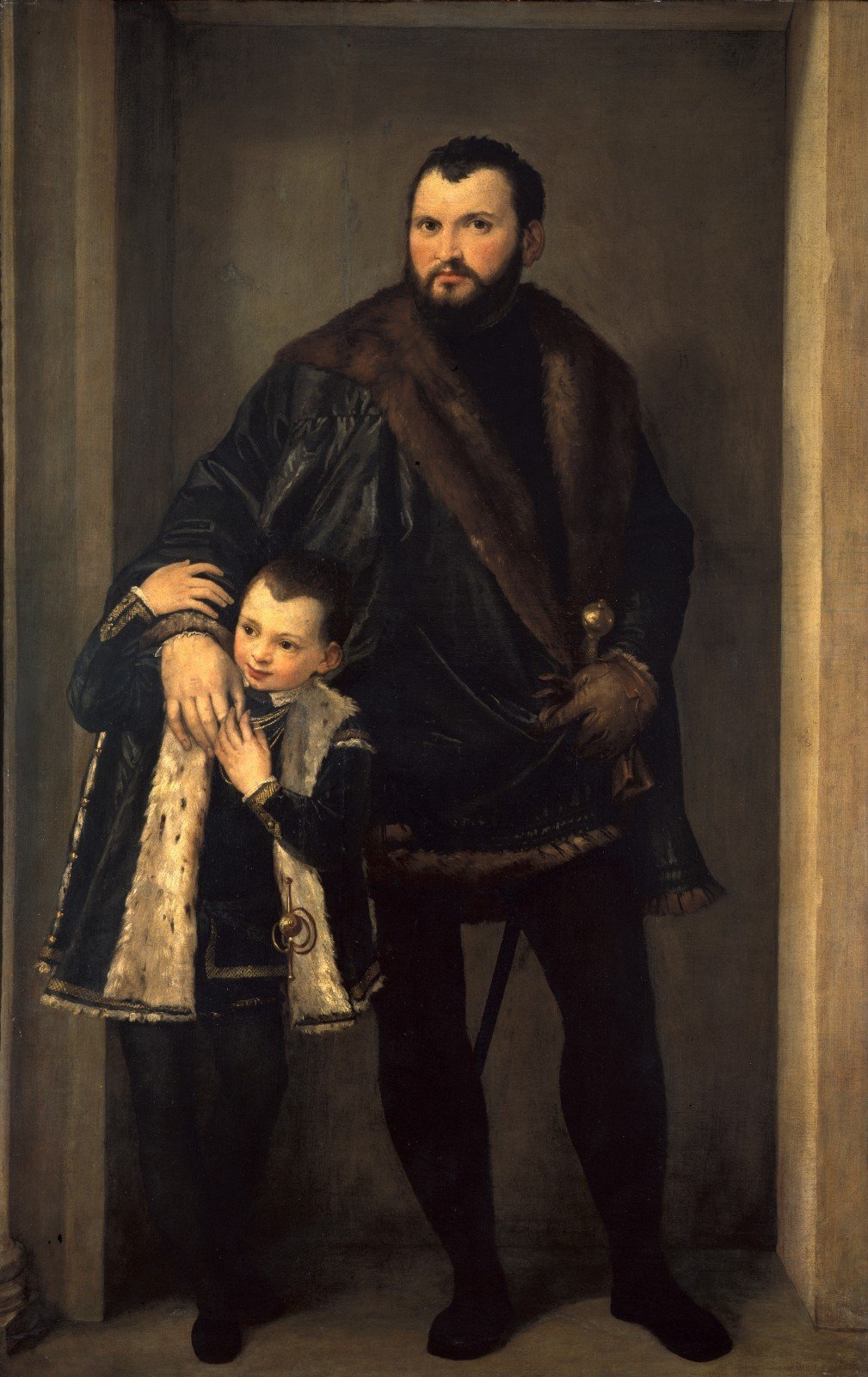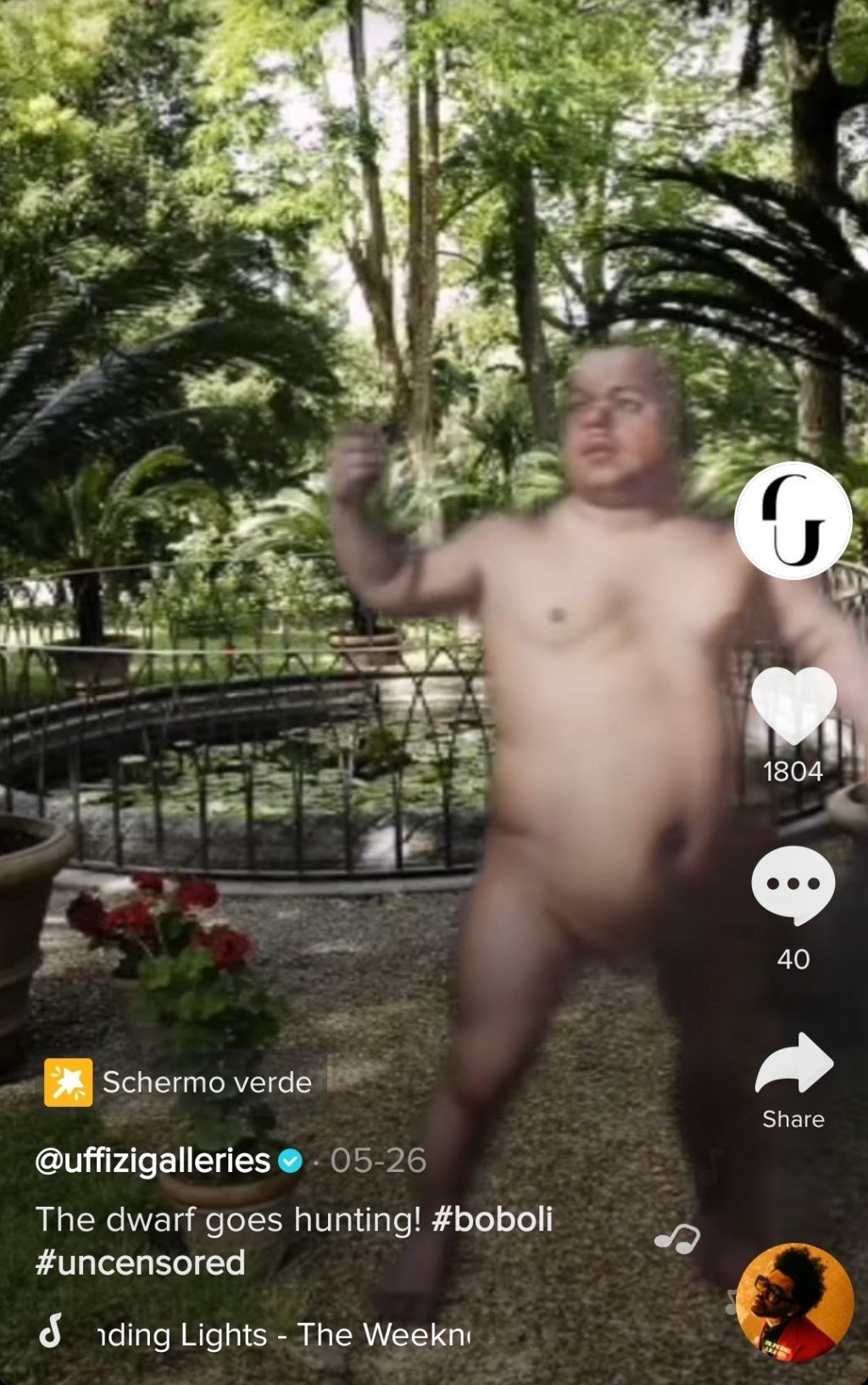An open letter to Italian museums: the web is your vaccine
Media dilettantism and digital ignorance can harm Italian museums, which should be aware of their cultural role in society and play it with rigour.
Covid-19 has made all the chickens come home to roost. The media illiteracy of Italian museums has been exposed. For too many years exhibition and conservation have been the museums’ main preoccupations, neglecting production of content, didactic activities, and communication. Without these aspects, preservation becomes pointless. An artwork doesn’t exist for those who don’t know it, no matter how important it is. Today a cultural crisis seems scarier than an economic one resulting from it. Museums should be fighting the incoming void.

We need to spread cultural content especially in the digital realm, a place where Italian museums are lagging behind. In the era of social media, even the Italian government is still speaking generically about the digitization of heritage. Instagram is a good platform to sell sneakers, however it is not the right channel to convey in-depth, structured, and meaningful information, which is what museums should provide. If anything, Instagram could be a starting point, a tool to use with care. Yet Italians museums haven’t gone that much further, although all the reasons and conditions to do so are there.
Museums need to reach different audiences, to involve different generations of visitors, perhaps with lightness and empathy, but without losing rigour. There must be a reason why Google has become the second most capitalised company in the world in less than a decade, while art publishers, even the most important ones, are dying like flies. The printed medium is inefficient. It is costly, even from an environmental point of view, and it does not circulate easily.
It is not a matter of digitising the heritage in order to produce yet another catalogue. It is about learning to use the online medium, which is extraordinarily powerful and flexible, but which obviously requires levels of professionalism as high as those needed to restore a painting or to organise an exhibition. Instead, most of the Italian museums go for the “do it yourself” approach, thinking that a programmer is sufficient to make a good website, making a fool of themselves before the eyes of those they should appeal to. They should be educating machines, producing and spreading knowledge. There is a need to change attitudes.

Moreover, media dilettantism is a waste of money. Additional services offered by museums will not save shaky budgets. These institutions are not there to sell sandwiches and coffee, or to act as a circus. It is a though the costs of a primary school were to be covered by selling snacks to children and coffee to their parents. Exhibitions are the best way to exploit the potential of additional services, but they are also short-sighted and disproportionate tools. Big figures can also be achieved through valuing permanent collections. This is the example of the Pinacoteca di Brera in Milan. There is no need to waste money in ephemeral devices, insurance, and paper catalogs. Human capital is what makes the difference. The persistence of a text does not depend on its support but on its circulation. Today, printing on paper is only a very costly habit.
Restitutions, shortened itineraries, separate venues, blockbuster exhibitions: in which cultural discourse can these different proposals be held together? If the new goal is to bring attention to the artworks in clever ways, we wonder how it is possible that Italian museums have invested in communication platforms that are not fit for the task. If the aim is to involve the new generations, we wonder which kind of cultural content the naked Nano Morgante hunting in the Boboli Gardens provides. The web is both a tool to be used with care and a language in its own right, whose grammar needs to be mastered.

November 17, 2022
